Optimal Seasons for Concrete Installation
Concrete installations are most effectively completed during specific times of the year to ensure optimal curing and durability. The ideal seasons typically include spring and early fall, when temperatures are moderate and humidity levels are suitable for proper setting. Extreme cold or hot weather can adversely affect the curing process, leading to potential cracking or weakened structures.
Spring offers moderate temperatures and higher humidity, which aid in proper curing and reduce the risk of cracking.
Early fall provides cooler weather and stable conditions, minimizing issues caused by heat or cold.
Installing during extreme heat or freezing temperatures can compromise the integrity of concrete, leading to delays and additional costs.
Local climate patterns should be assessed to determine the most suitable time for concrete work, ensuring optimal results.
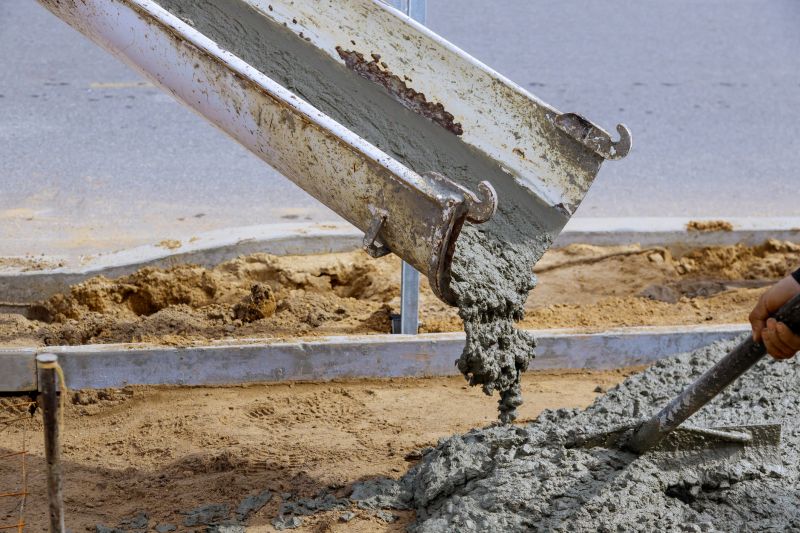
Ways to make Concrete Installations work in tight or awkward layouts.
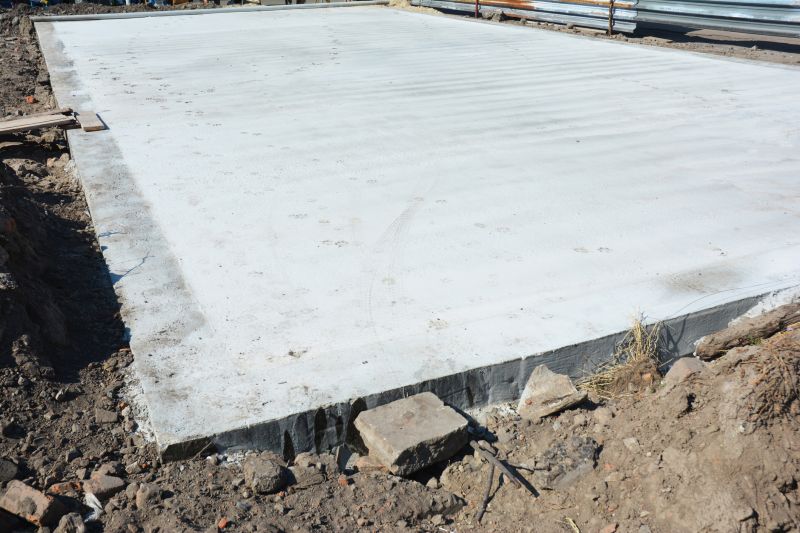
Popular materials for Concrete Installations and why they hold up over time.
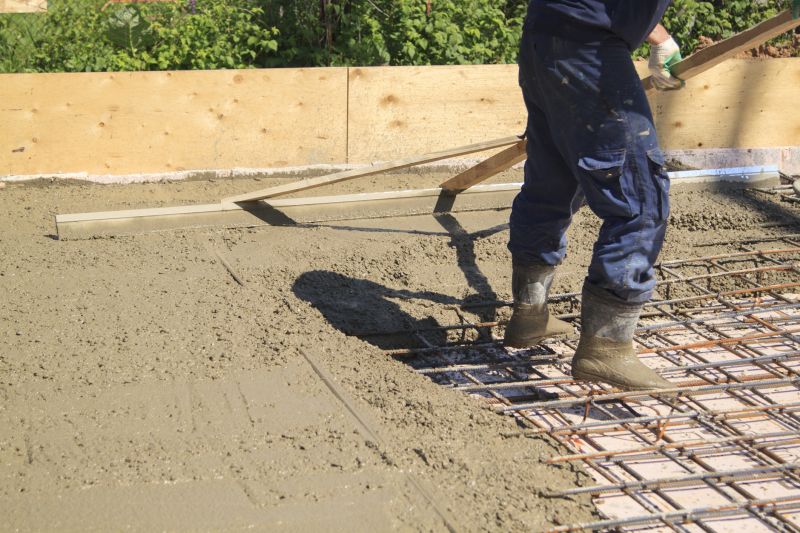
Simple add-ons that improve Concrete Installations without blowing the budget.
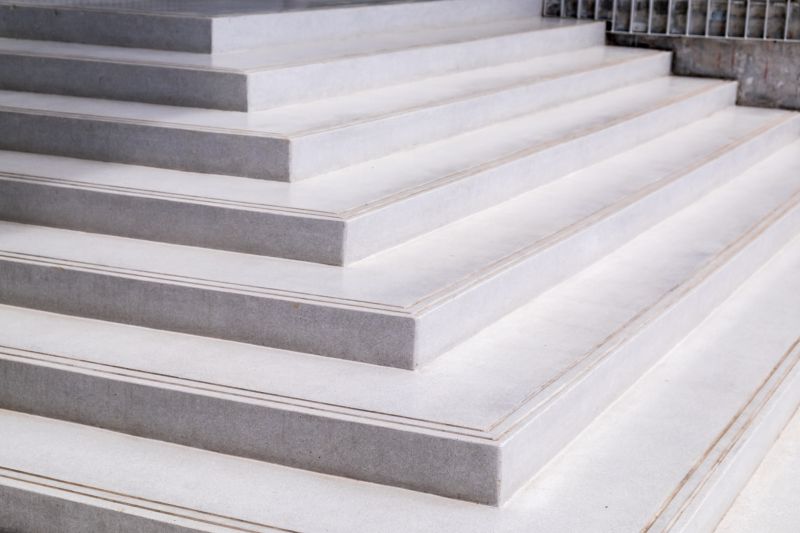
High-end options that actually feel worth it for Concrete Installations.
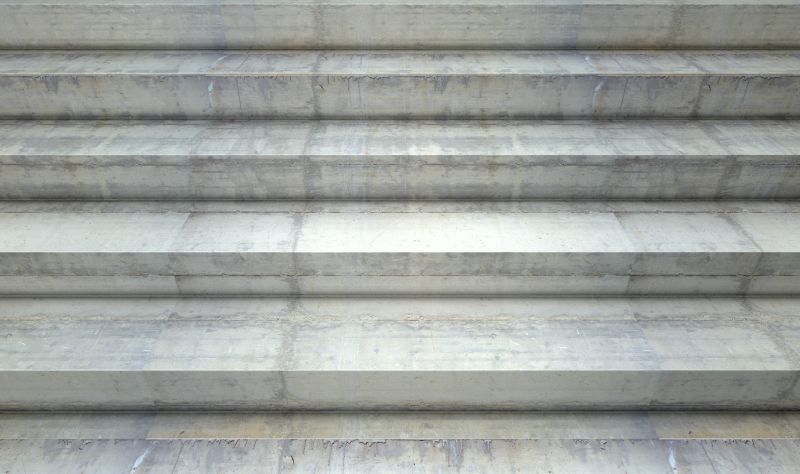
Finishes and colors that play nicely with Concrete Installations.
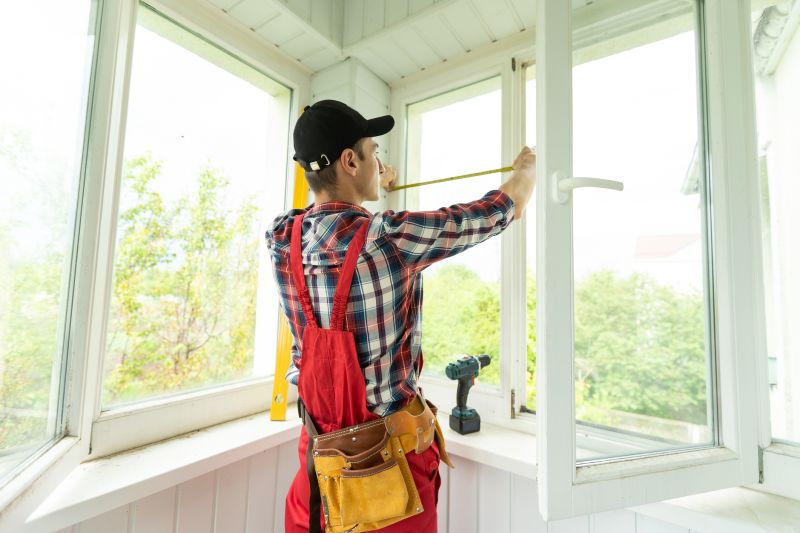
Little measurements that prevent headaches on Concrete Installations day.
| Season | Optimal Conditions |
|---|---|
| Spring | Moderate temperatures, higher humidity, ideal for curing |
| Fall | Cooler weather, stable conditions, reduces cracking risk |
| Summer | Potential for high heat, requires precautions |
| Winter | Cold temperatures, risk of freezing, not recommended |
Concrete installations require careful timing to ensure durability and quality. Proper weather conditions facilitate optimal curing, which is critical for strength and longevity. Installing during suitable seasons minimizes the risk of cracks, delays, and additional repair costs. Local climate patterns and seasonal forecasts should be considered when planning concrete projects to achieve the best results.
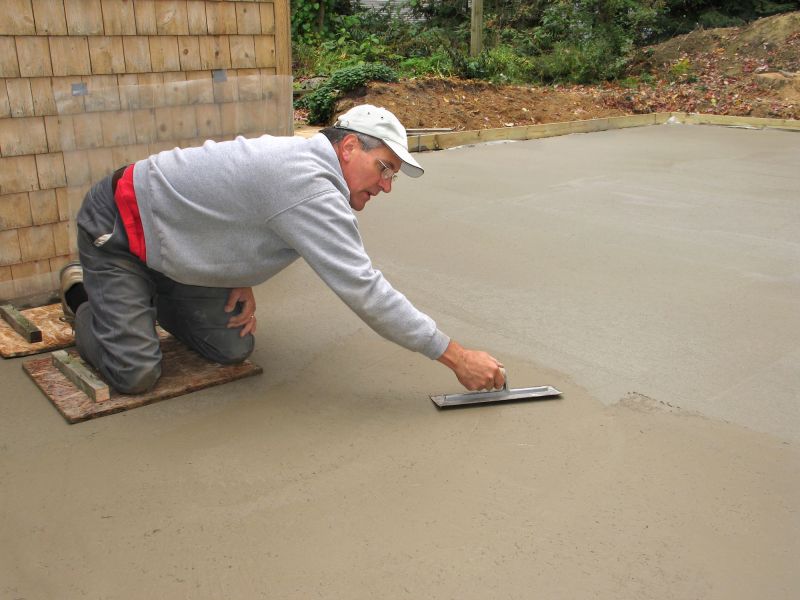
A 60-second routine that keeps Concrete Installations looking new.
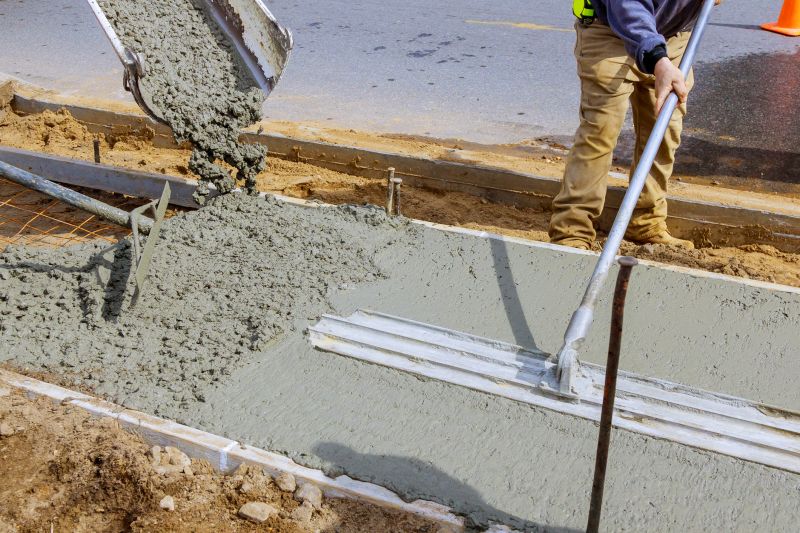
A frequent mistake in Concrete Installations and how to dodge it.
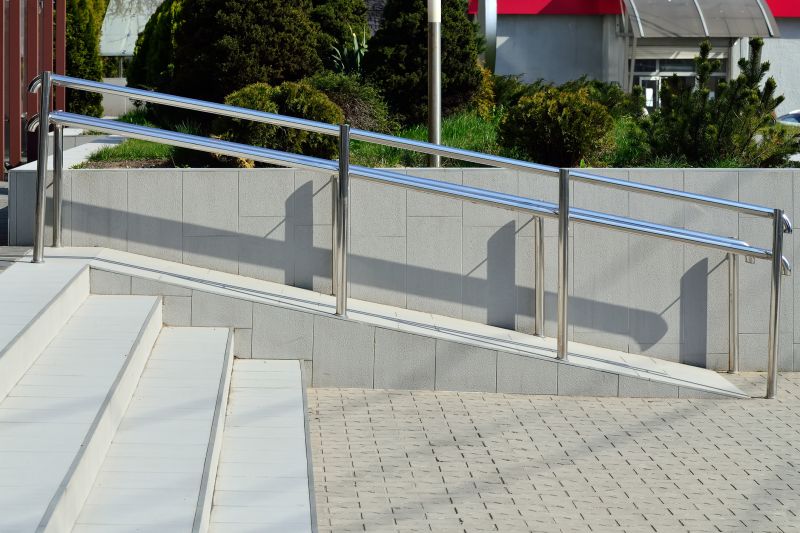
Small tweaks to make Concrete Installations safer and easier to use.
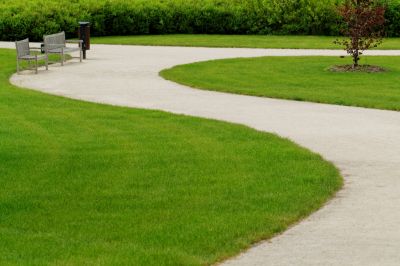
Lower-waste or water-saving choices for Concrete Installations.
Interested in scheduling a concrete installation? Filling out the contact form can help determine the best timing based on local weather patterns and project requirements. Proper planning ensures high-quality results and long-lasting structures.
